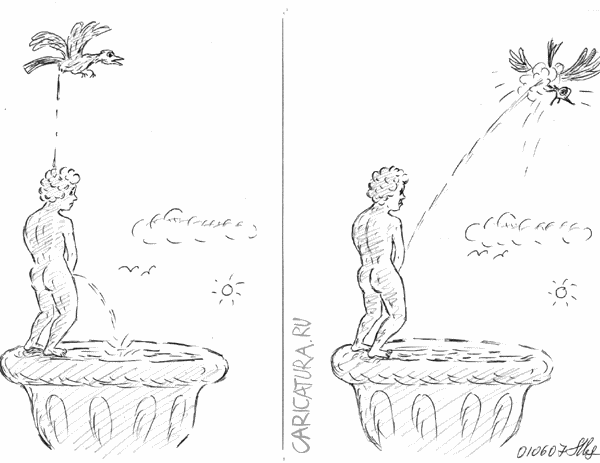Community Tip - When posting, your subject should be specific and summarize your question. Here are some additional tips on asking a great question. X
- Subscribe to RSS Feed
- Mark Topic as New
- Mark Topic as Read
- Float this Topic for Current User
- Bookmark
- Subscribe
- Mute
- Printer Friendly Page
Water drop flight
- Mark as New
- Bookmark
- Subscribe
- Mute
- Subscribe to RSS Feed
- Permalink
- Notify Moderator
Water drop flight
Sorry, 1st or 2-d model is more correct?
The 1st is more understanding ![]()
See please Prime 2 sheet in attach.

Solved! Go to Solution.
- Labels:
-
Other
Accepted Solutions
- Mark as New
- Bookmark
- Subscribe
- Mute
- Subscribe to RSS Feed
- Permalink
- Notify Moderator
Thanks, Alan!
One part from my new book "Thermal engineering studies with Mathcad":
The system of equations shown in Fig. 18.1 should be, of course, much more complicated. It should more carefully consider the velocity components along the horizontal and vertical directions and the most absolute value of the velocity drops of water. These nuances are discussed on the forum - http://communities.ptc.com/message/228797. But we can restrict and simplistic solution, taking into account that the spherical drop of water during the flight will be deformed, and then break into separate small droplets. Our simplified solution gives quite believable animation. And this is enough for the initial (qualitative) formulation of the problem.
ЗЫ

- Mark as New
- Bookmark
- Subscribe
- Mute
- Subscribe to RSS Feed
- Permalink
- Notify Moderator
Valery Ochkov wrote:
Sorry, 1st or 2-d model is more correct?
Method 1 is incorrect. The drag must be calculated using the overall speed, and the result then resolved onto the x and y directions.
Alan
- Mark as New
- Bookmark
- Subscribe
- Mute
- Subscribe to RSS Feed
- Permalink
- Notify Moderator
AlanStevens wrote:
Valery Ochkov wrote:
Sorry, 1st or 2-d model is more correct?
Method 1 is incorrect. The drag must be calculated using the overall speed, and the result then resolved onto the x and y directions.
Alan
must or can? (only with x http://communities.ptc.com/videos/1699)

I think both model are... not quit correct. Or?
- Mark as New
- Bookmark
- Subscribe
- Mute
- Subscribe to RSS Feed
- Permalink
- Notify Moderator
Valery Ochkov wrote:
must or can?
must.
See attached (in MC15 format) for explanation.
Alan
NB Where I've written "Total distance travelled" in the worksheet, I mean the distance between the start and end points.
- Mark as New
- Bookmark
- Subscribe
- Mute
- Subscribe to RSS Feed
- Permalink
- Notify Moderator
- Mark as New
- Bookmark
- Subscribe
- Mute
- Subscribe to RSS Feed
- Permalink
- Notify Moderator
Valery Ochkov wrote:
See for example
Nice video, but it doesn't alter my explanation. You must calculate force first and then resolve.
I guess there is potential for confusion because in my explanation the "wind" is solely the result of the paticle moving through the air. You are applying another wind force on top of this (at least, I think that's what you are doing!).
Alan
- Mark as New
- Bookmark
- Subscribe
- Mute
- Subscribe to RSS Feed
- Permalink
- Notify Moderator

- Mark as New
- Bookmark
- Subscribe
- Mute
- Subscribe to RSS Feed
- Permalink
- Notify Moderator
Here is how I would include a horizontal wind blowing in addition to drag (I think!).
Alan
- Mark as New
- Bookmark
- Subscribe
- Mute
- Subscribe to RSS Feed
- Permalink
- Notify Moderator
Thanks, Alan!
One part from my new book "Thermal engineering studies with Mathcad":
The system of equations shown in Fig. 18.1 should be, of course, much more complicated. It should more carefully consider the velocity components along the horizontal and vertical directions and the most absolute value of the velocity drops of water. These nuances are discussed on the forum - http://communities.ptc.com/message/228797. But we can restrict and simplistic solution, taking into account that the spherical drop of water during the flight will be deformed, and then break into separate small droplets. Our simplified solution gives quite believable animation. And this is enough for the initial (qualitative) formulation of the problem.
ЗЫ



